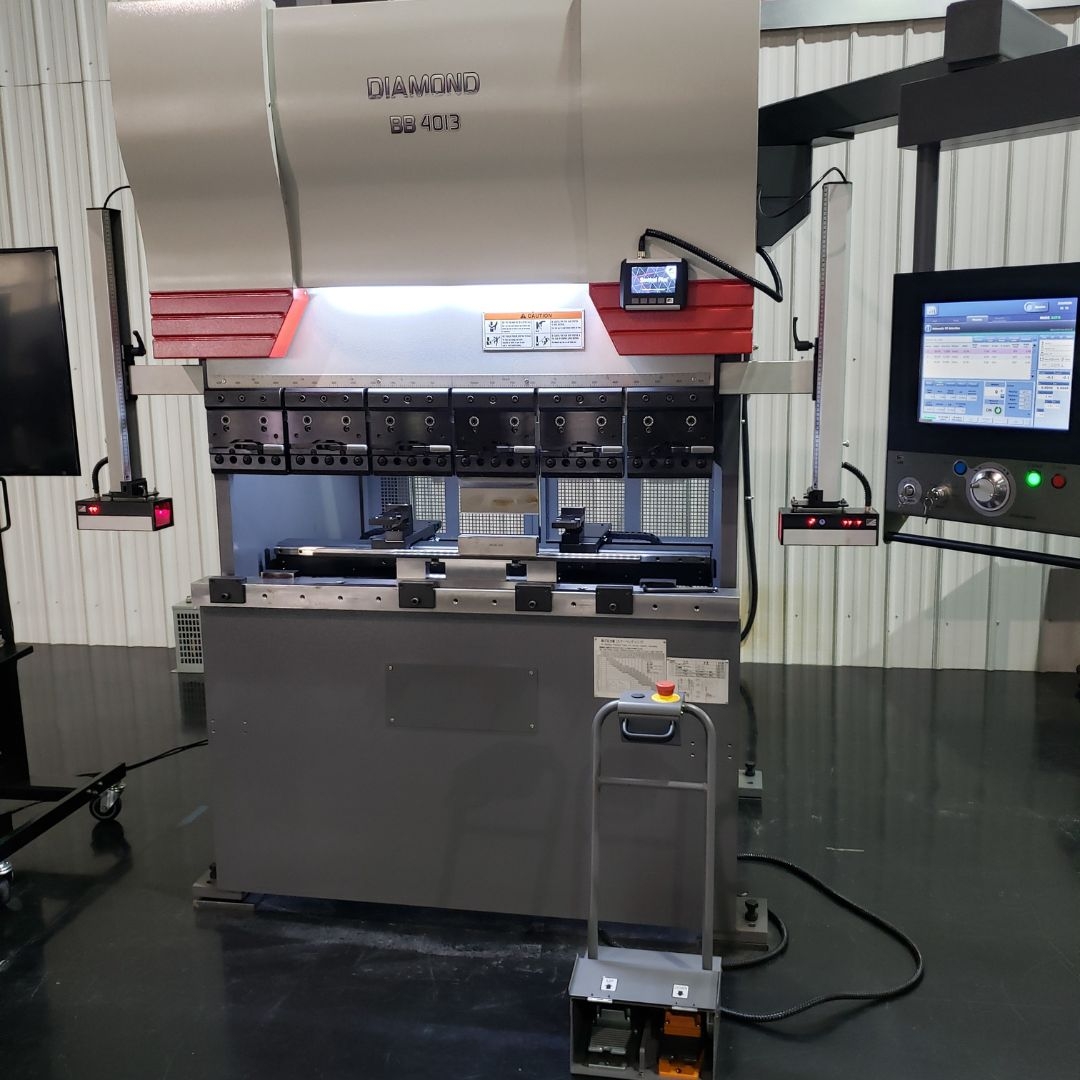4 Common Mistakes To Avoid During Laser Cutting

Laser cutting has become a popular technique in the manufacturing industry due to its precision and efficiency. It is a technology that uses a high-powered laser beam to cut through materials such as metal, plastic, wood and fabric. It works by directing the laser beam onto the material surface, which heats up and melts or vaporizes away.
However, like any other technology, laser cutting comes with its own set of challenges that can hinder the quality of your end product. To ensure that your laser-cut products come out top-notch every time, it is essential to avoid common mistakes during the process. In this blog post, we will discuss four common mistakes you need to avoid during laser cutting so that you can achieve perfect cuts every time!
Common mistakes made during laser cutting
1. Using the wrong settings:
Using the wrong settings is one of the most common mistakes made during laser cutting. Many people assume that all materials require the same settings. The truth is, each material has its unique properties, and these properties determine how it will react to different laser cutter settings. It's essential to ensure that you have selected the right power level, speed and focus distance for each material type and thickness. Using too little or too much power can result in incomplete cuts or burnt edges. Similarly, incorrect focus distances can lead to inconsistent cuts as well.
2. Poor design files:
Poor design files are another common mistake that can occur during laser cutting. Design files must be created with the utmost care to ensure that they are suitable for laser cutting. The design file should contain all the necessary information, such as line thicknesses, cut paths and other specifications. Another problem associated with poor design files is when vector graphics aren't converted correctly into raster images before being sent to the laser cutter. This issue could cause problems like jagged edges around curves and corners of your final product.
3. Inadequate material support:
It's important to ensure that your chosen material is securely fastened to the cutting surface. Any movement or vibration during the cutting process can cause irregular cuts and ruin your design.
4. Inadequate ventilation:
Working with lasers produces fumes that can be harmful if inhaled. Proper ventilation systems should be installed to protect against these fumes and ensure a safe working environment for everyone involved.
At Metal Tronics Inc., we resort to the safest and most error-free methods. You can count on us for laser cutting in Toronto.
